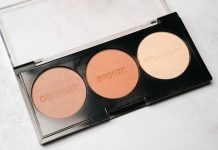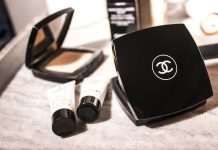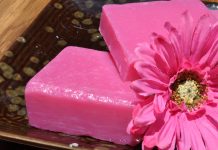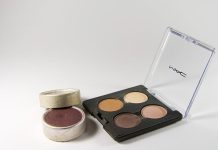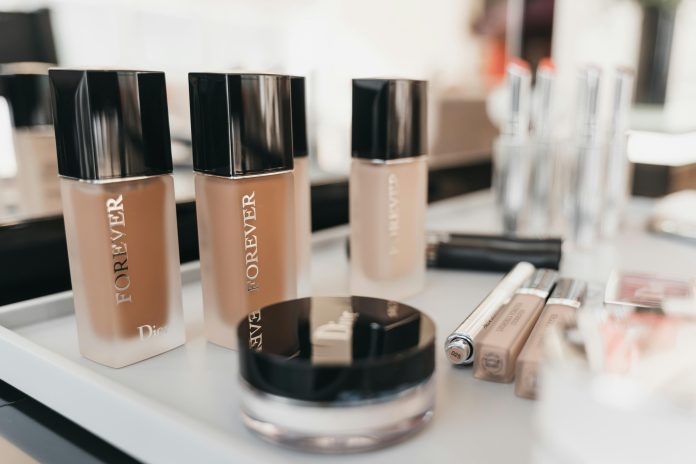In the world of beauty, foundation serves as the canvas upon which all artistry is built. Yet, finding the perfect shade can feel like navigating a maze of endless options. The right foundation not only complements your natural complexion but also enhances your unique features, creating a flawless base for any look. Whether you’re a makeup novice or a seasoned pro, understanding how to choose the ideal shade for your skin tone is an essential skill. Join us as we delve into the art and science of foundation matching, guiding you towards a harmonious blend that celebrates your individual beauty.
Understanding Your Undertone: The Key to a Perfect Match
Finding the perfect foundation starts with identifying your skin’s undertone, a crucial factor that affects how colors appear on your skin. Undertones can be broadly categorized into three types:
- Warm: Skin with yellow, peachy, or golden undertones.
- Cool: Skin with pink, red, or bluish undertones.
- Neutral: A balance of warm and cool tones.
To determine your undertone, consider the color of your veins. If they appear greenish, you likely have warm undertones. Blue or purple veins suggest cool undertones, while a mix indicates neutral. Jewelry can also be a helpful guide: gold complements warm undertones, while silver flatters cool ones. By understanding your undertone, you can select a foundation that blends seamlessly, enhancing your natural complexion and providing a flawless finish.

Exploring Foundation Types: Liquid, Powder, and Cream
When selecting a foundation, it’s essential to understand the different types available: liquid, powder, and cream. Each offers unique benefits and suits various skin types and preferences.
- Liquid Foundation: Known for its versatility, liquid foundation provides buildable coverage. It’s perfect for those with normal to dry skin as it offers a dewy finish. Look for formulas labeled as “matte” if you have oily skin.
- Powder Foundation: Ideal for oily or combination skin, powder foundation delivers a matte finish and helps control shine. It’s also convenient for touch-ups on the go. Consider this option if you prefer a lightweight feel.
- Cream Foundation: Offering a rich, hydrating texture, cream foundation works well for dry or mature skin. It provides full coverage and a smooth finish, making it perfect for evening out skin tone and covering imperfections.
Choosing the right type depends on your skin’s needs and the finish you desire. Experiment with different formulas to discover what feels best on your skin.

Testing Techniques: Finding Your Ideal Shade in Natural Light
Discovering the perfect foundation shade requires a bit of detective work, especially when it comes to testing in natural light. This authentic light source offers the most accurate reflection of how your foundation will appear in everyday settings. Here’s how to master this technique:
- Step Outside: Whenever possible, test your foundation by stepping outside or standing near a window. Natural light reveals the true undertones of both your skin and the foundation.
- Swipe, Don’t Smudge: Apply a small swipe of foundation on your jawline, as this area best matches the color of your face and neck. Compare it to your natural skin tone in the light.
- Blend to Perfection: Gently blend the foundation into your skin. The ideal shade should seem to disappear into your skin, creating a seamless finish.
- Compare Shades: Test multiple shades side by side. This comparison in natural light will highlight subtle differences and guide you to your perfect match.
By utilizing natural light, you ensure that your foundation complements your skin tone, enhancing your natural beauty effortlessly.

Seasonal Shifts: Adapting Your Foundation for Year-Round Wear
As the seasons change, so does your skin’s interaction with foundation. The transition from the warm, sun-kissed days of summer to the cooler, drier months requires a strategic approach to ensure your foundation remains a flawless match.
- Summer Glow: During the sunny months, your skin may tan slightly, necessitating a shade that’s a touch warmer or darker. Consider foundations with SPF to protect against UV rays.
- Winter Light: As the sun retreats, your skin might lose some of its bronze hue. Opt for a lighter shade that complements your natural undertone and incorporates hydrating properties to combat dryness.
- Transitional Periods: In spring and fall, blending two shades can create a seamless transition. Mix your summer and winter shades to match your evolving skin tone perfectly.
Pro Tip: Always test your foundation in natural light, as artificial lighting can distort true color. Keep a small collection of shades to customize your match as needed throughout the year.







